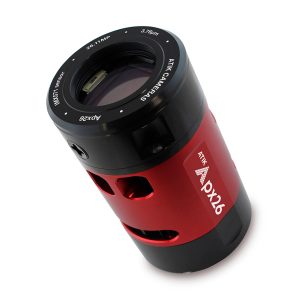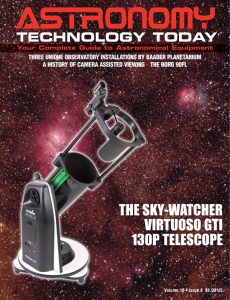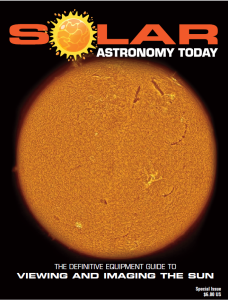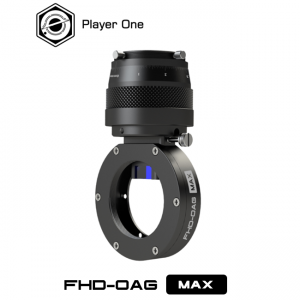The ATIK Apx26 camera utilizes the Sony IMX 571 APS-C sensor, combining versatility with wide field views. The full frame Sony IMX571 color sensor offers low read noise, high quantum efficiency, and 16-bit analogue to digital conversion, perfect for a wide range of applications and telescopes.
 The advanced Sony sensors used in the ATIK Apx series are well known for their ‘no glow’ quality with outstanding detail. The ATIK Apx26 camera also seamlessly integrates with Atik’s advanced software solutions. The camera has a 512MB memory buffer to prevent image artefacts and dropped frames.
The advanced Sony sensors used in the ATIK Apx series are well known for their ‘no glow’ quality with outstanding detail. The ATIK Apx26 camera also seamlessly integrates with Atik’s advanced software solutions. The camera has a 512MB memory buffer to prevent image artefacts and dropped frames.
The Apx26 comes with a built-in USB hub, high performance cooling, anti-condensation and anti-reflection optics, as well as easy chip adjustment. The camera offers Atik’s premium electronics and build quality to deliver incredible images for both scientific OEM applications and astrophotography.
The ATIK Apx26 camera specifications include:
– Image sensor: Sony IMX571 CMOS sensor
– Pixel array (resolution): 6244 x 4168
– No. of pixels: 26.11 MP
– Pixel size (µm): 3.76 x 3.76
– Sensor size: 28.3mm diagonal (27.7mm x 22.3mm)
– ADC: 16bit
– Digitization (MBPS): Limited by USB 3 speed
– Readout noise: TBD
– Cooling delta: -35°C
– Regulated cooler: Yes
– Water Assist: No
– Max. Exposure: 24 hours
– Min. Exposure: 10 ms
– PC Interface: USB 3 full speed
– Power Requirements: 12VDC, 5A
– Backfocus Distance: Default = 17mm ±0.5; Without levelling plate = 9.5mm ±0.5
– Thread on front: M54 x 0.75
– Weight: 1.1kg
– Overall dimensions: 89mm x 152mm
= Mono or color: Both models are available
Trigger in/out: Optional
You can learn more about the ATIK Apx26 camera here.

 And to make it easier for you to get the most extensive news, articles and reviews that are only available in the magazine pages of Astronomy Technology Today, we are offering a 1-year magazine subscription for only $6! Or, for an even better deal, we are offering 2 years for only $9. Click here to get these deals which only will be available for a very limited time. You can also check out a free sample issue here.
And to make it easier for you to get the most extensive news, articles and reviews that are only available in the magazine pages of Astronomy Technology Today, we are offering a 1-year magazine subscription for only $6! Or, for an even better deal, we are offering 2 years for only $9. Click here to get these deals which only will be available for a very limited time. You can also check out a free sample issue here.
The sun is more active than it has been in years! If you’d like to learn more the technology behind solar observing, solar imaging and more, you can check out our free publication, “The Definitive Guide to Viewing and Imaging the Sun”. You don’t have to sign up or provide any information, simply click here and enjoy reading!



